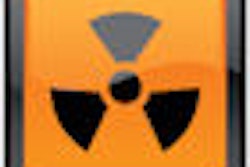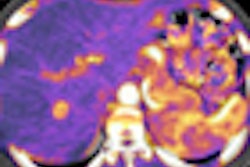Thursday, December 3 | 11:50 a.m.-12:00 p.m. | SSQ03-09 | Room S530AB
The evaluation of coronary arteries in coronary CT angiography (CTA), as in conventional angiography, is essentially a visual task, presenting the problem of subjectivity that can be especially difficult for radiologists who are not experts in cardiac imaging.Quantitative coronary angiography (QCA) was developed to sidestep this problem in conventional angiography, and has become the gold standard for the evaluation of percentage of stenosis, said Dr. Roberto Malago from the University of Verona in Italy. Now software has been developed to quantify stenosis percentage in MDCT; the study aimed to evaluate its performance compared to QCA, Malago explained.
In the study, two operators, blinded to angiography results visually scored 50 consecutive cases to assess stenotic segments via a 17-segment modified American Heart Association classification model. The two exams were performed within a week of each other, and the degree of stenosis was classified as 0%, < 20% (wall irregularities), < 50% (without significant disease), or > 50% (significant disease).
Among 870 segments (69 stenosed), interobserver agreement was very high between the two operators (k = 0.97), and there was good correlation between visual score and QCA and between visual score and QCTA, he said.
"QCTA is a promising technique which can be used in the automated evaluation of coronary artery stenosis," Malago said. "Its accuracy depends on the quality of the dataset and the type of plaque, even in case of calcified vessels with appropriate editing."



















